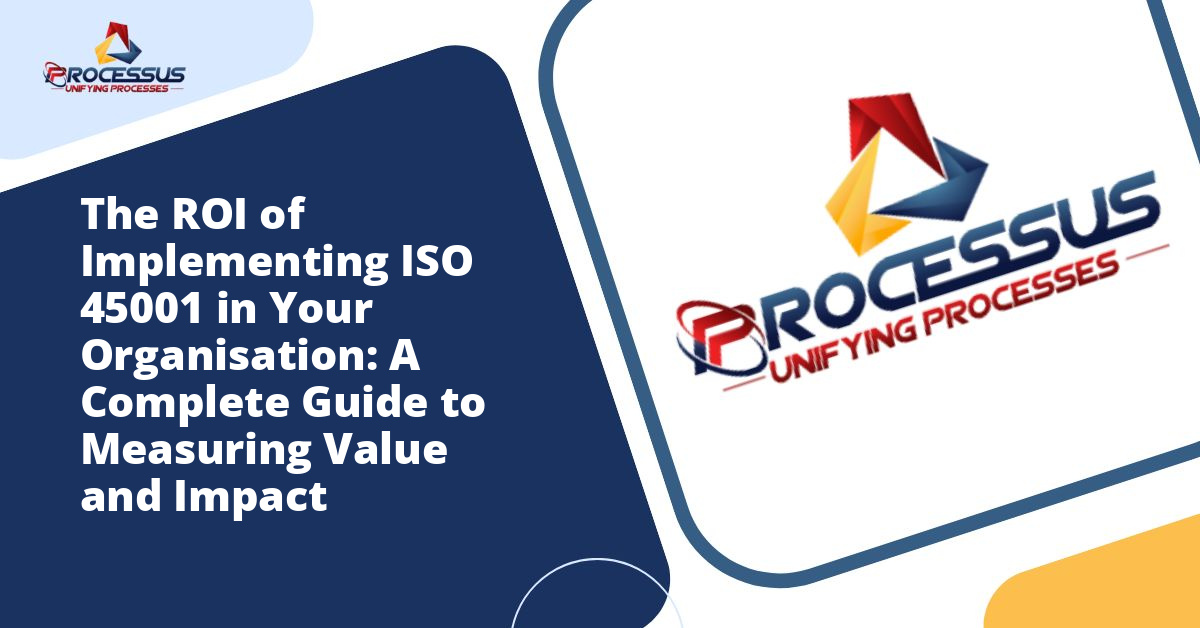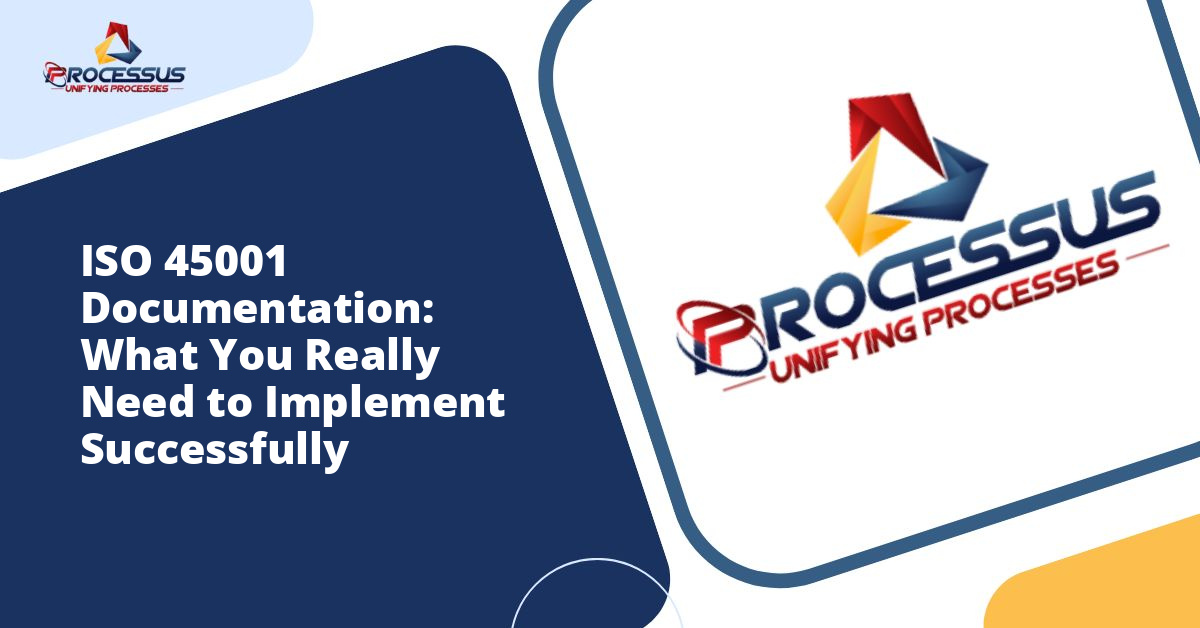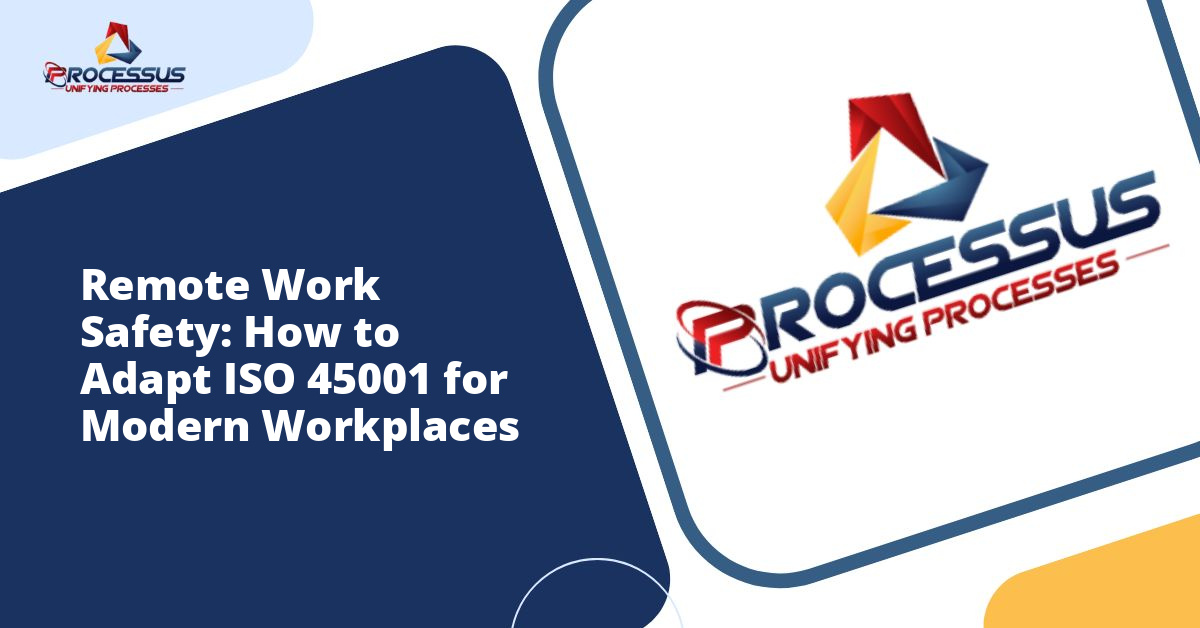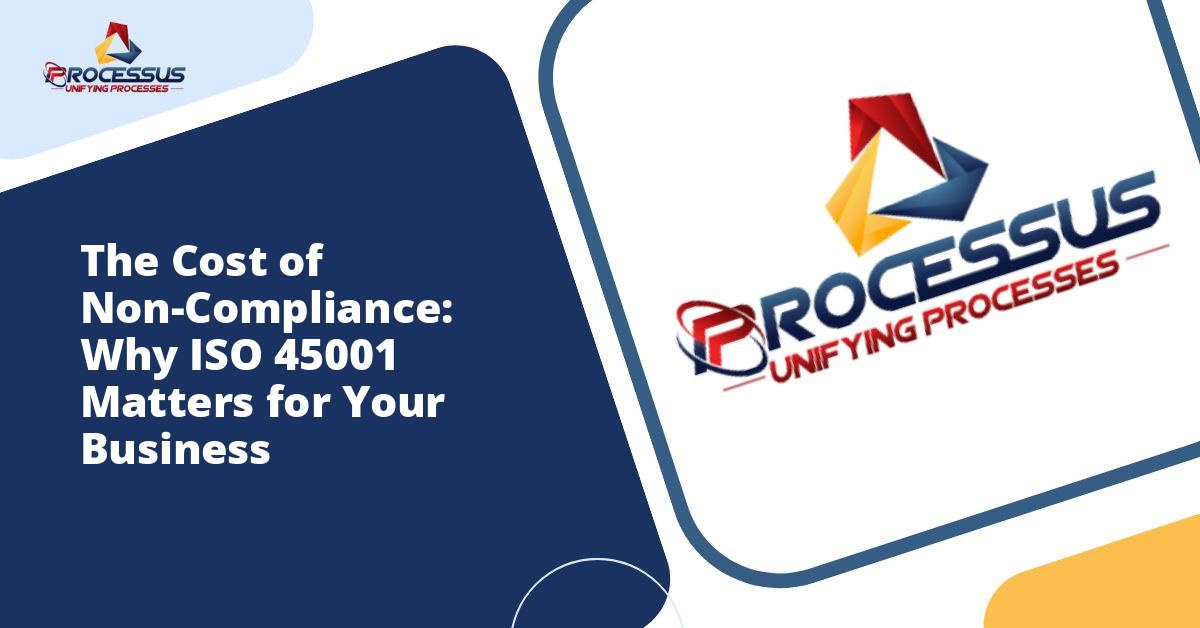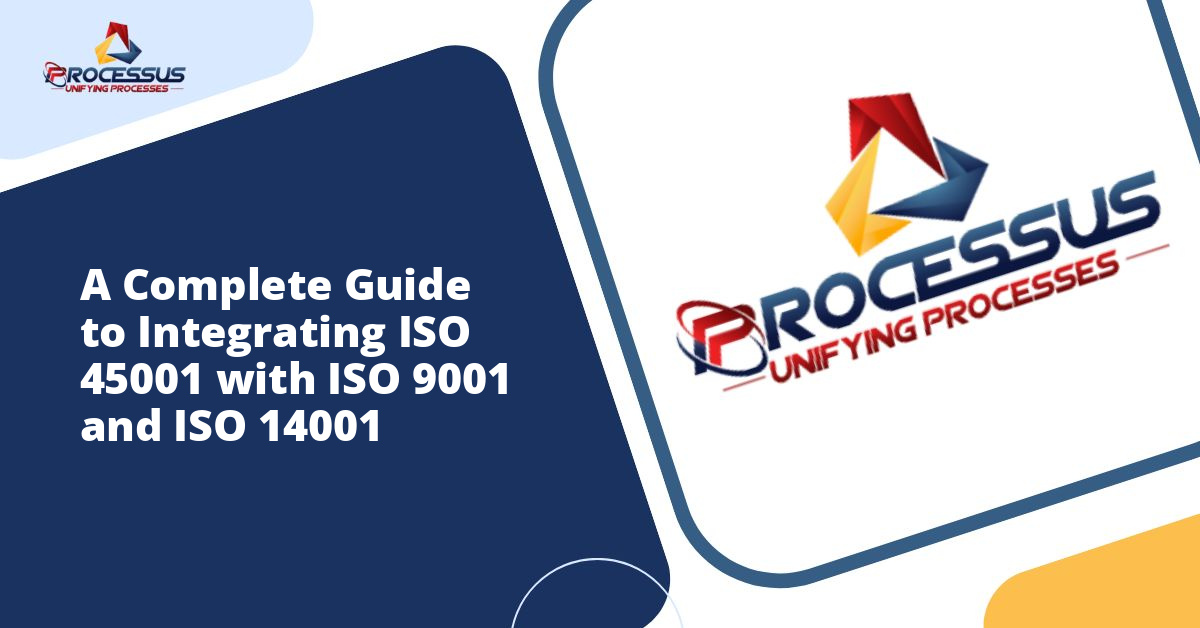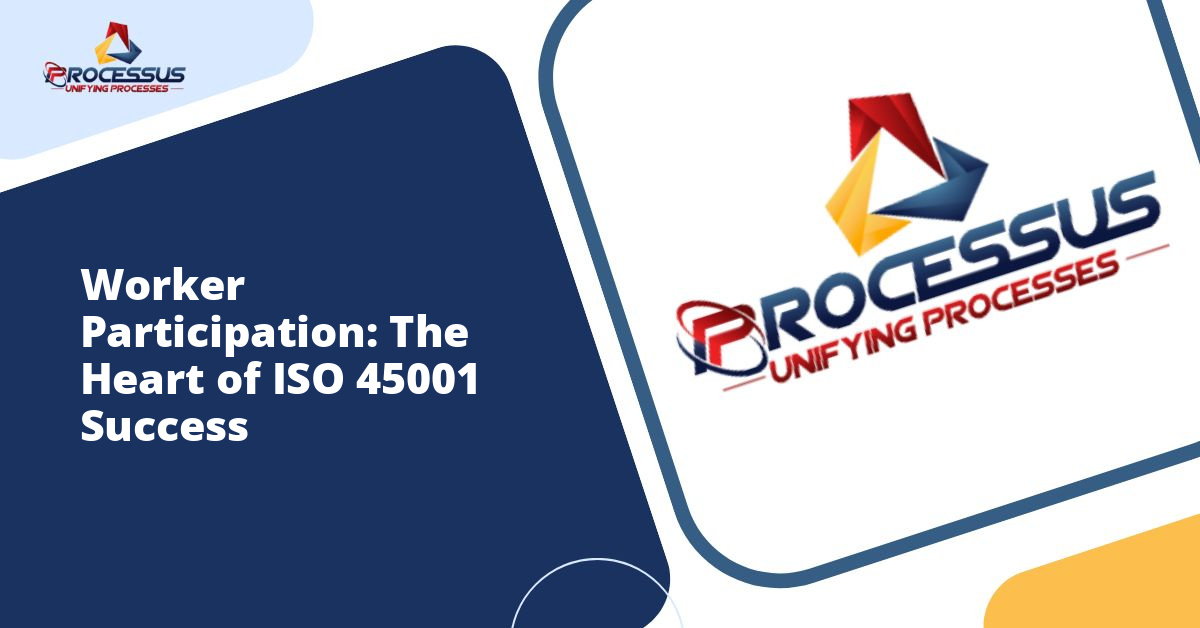In today’s competitive business environment, investing in occupational health and safety is no longer just a regulatory requirement. It has become a strategic business decision that directly impacts the bottom line. ISO 45001, the international standard for occupational health and safety management systems, offers organisations a structured framework to protect their workforce while delivering measurable returns on investment. Understanding the financial and operational benefits of ISO 45001 implementation can help business leaders make informed decisions about workplace safety initiatives.
Understanding ISO 45001 and Its Business Significance
ISO 45001 represents the global standard for occupational health and safety management systems. Released in March 2018, this standard replaced the widely adopted OHSAS 18001 and provides organisations with a comprehensive framework to improve employee safety, reduce workplace risks, and create better working conditions. The standard applies to organisations of all sizes and industries, making it a universally relevant tool for managing workplace health and safety. You might also enjoy reading about How ISO 45001 Reduces Workplace Accidents in Manufacturing: A Complete Guide.
The implementation of ISO 45001 goes beyond simple compliance. It establishes a systematic approach to identifying hazards, assessing risks, and implementing controls that prevent work-related injuries and illnesses. This proactive methodology transforms safety from a reactive concern into a strategic asset that drives business performance and sustainability.
The Direct Financial Returns of ISO 45001 Implementation
Reduction in Workplace Incidents and Associated Costs
The most immediate and measurable return on investment from ISO 45001 implementation comes from the reduction in workplace incidents. When organisations establish robust safety management systems, they experience fewer accidents, injuries, and occupational illnesses. This reduction translates directly into cost savings across multiple areas.
According to research from various industry studies, organisations with certified safety management systems experience up to 50% fewer workplace incidents compared to those without formal systems. Each prevented incident saves the organisation from direct costs such as medical expenses, compensation claims, and emergency response expenses. More significantly, it eliminates indirect costs that often exceed direct expenses by a factor of four to ten times.
Lower Insurance Premiums and Better Coverage Terms
Insurance providers recognise the value of systematic risk management. Organisations that implement ISO 45001 often qualify for reduced workers’ compensation insurance premiums and better coverage terms. Insurance companies view certification as evidence of serious commitment to risk mitigation, which translates into lower probability of claims.
Many organisations report insurance premium reductions ranging from 10% to 40% following ISO 45001 certification. Over time, these savings accumulate significantly, often covering the entire cost of implementation within the first few years. Additionally, organisations gain leverage in negotiating better terms and conditions with insurance providers, further enhancing financial benefits.
Decreased Compensation Claims and Legal Expenses
Workplace incidents often result in compensation claims and potential legal action. The costs associated with these claims extend beyond immediate payouts to include legal fees, investigation expenses, and settlement costs. ISO 45001 implementation substantially reduces the likelihood of such claims by preventing incidents before they occur.
Furthermore, in cases where incidents do occur, organisations with certified management systems demonstrate due diligence in protecting worker safety. This documentation can significantly reduce legal liability and associated costs. The systematic record-keeping required by ISO 45001 provides clear evidence of safety procedures, training programs, and risk assessments, which proves invaluable during legal proceedings or regulatory investigations.
Operational Efficiency and Productivity Gains
Enhanced Employee Performance and Engagement
When employees feel safe and protected in their workplace, their engagement and productivity naturally increase. ISO 45001 creates an environment where workers trust that their employer values their wellbeing, leading to higher morale, increased loyalty, and better performance outcomes.
Research indicates that organisations with strong safety cultures experience productivity improvements of 15% to 25%. Employees spend less time worrying about potential hazards and more time focusing on their core responsibilities. This mental shift contributes to better quality work, fewer errors, and more innovative thinking.
Reduced Absenteeism and Employee Turnover
Workplace incidents and poor safety conditions contribute significantly to absenteeism. When organisations implement ISO 45001, they create healthier work environments that reduce both injury-related and illness-related absences. Studies show that certified organisations experience up to 30% reduction in absenteeism rates.
Additionally, ISO 45001 implementation helps retain talented employees. Workers prefer employers who demonstrate genuine concern for their safety and wellbeing. Reduced turnover saves recruitment costs, training expenses, and preserves institutional knowledge. The cost of replacing an employee typically ranges from 50% to 200% of their annual salary, making retention a significant financial consideration.
Streamlined Processes and Operational Excellence
The systematic approach required by ISO 45001 forces organisations to examine and optimise their processes. This examination often reveals inefficiencies and opportunities for improvement that extend beyond safety considerations. Organisations frequently discover that implementing safety controls also enhances overall operational efficiency.
For example, proper material handling procedures that prevent injuries often result in faster, more efficient workflows. Ergonomic improvements that reduce strain injuries simultaneously increase worker comfort and speed. These dual benefits multiply the return on investment beyond what safety improvements alone would deliver.
Strategic Business Advantages and Market Position
Enhanced Reputation and Brand Value
ISO 45001 certification sends a powerful message to customers, partners, and the broader market about organisational values and professionalism. In an era where corporate social responsibility matters increasingly to consumers and business partners, demonstrating commitment to worker safety enhances brand reputation and market position.
Organisations with strong safety records attract positive media attention and industry recognition. This positive reputation translates into competitive advantages, customer preference, and increased market share. The reputational value of ISO 45001 certification, while difficult to quantify precisely, contributes substantially to long-term business success.
Access to New Markets and Business Opportunities
Many large corporations and government agencies require their suppliers and contractors to hold ISO 45001 certification or equivalent safety credentials. Without certification, organisations may find themselves excluded from lucrative contracts and partnership opportunities. Implementing ISO 45001 opens doors to new markets and business relationships that would otherwise remain inaccessible.
In international markets, ISO 45001 certification serves as a universal credential that demonstrates competence and reliability. Companies seeking to expand globally find that certification simplifies entry into new markets by providing internationally recognised proof of their safety management capabilities.
Competitive Differentiation and Market Advantage
In competitive bidding situations, ISO 45001 certification provides a clear differentiator. When all other factors are equal, clients often choose suppliers with certified safety management systems. This preference reflects both risk management considerations and alignment with client values regarding worker protection.
Organisations can leverage their certification in marketing materials, proposals, and client presentations. The certification serves as tangible evidence of quality, professionalism, and reliability that strengthens competitive positioning and increases win rates for new business opportunities.
Long-Term Organisational Benefits and Sustainability
Building a Positive Safety Culture
Perhaps the most valuable long-term benefit of ISO 45001 implementation is the development of a strong safety culture. This cultural transformation extends beyond formal procedures to become embedded in how the organisation operates at every level. Employees begin to think proactively about safety, identify hazards independently, and take ownership of their work environment.
A mature safety culture creates self-reinforcing benefits. As safety becomes part of organisational DNA, the effectiveness of safety measures increases while the effort required to maintain them decreases. This cultural evolution represents a permanent asset that continues generating returns indefinitely.
Continuous Improvement and Adaptive Capacity
ISO 45001 requires organisations to establish processes for continuous improvement. This requirement creates systems that identify opportunities, implement changes, and measure results systematically. Over time, this capability enhances organisational agility and adaptability, enabling faster response to changing conditions and emerging challenges.
The continuous improvement mindset fostered by ISO 45001 often spreads beyond safety to influence other business areas. Organisations develop stronger analytical capabilities, better data utilization, and more effective decision-making processes that benefit all aspects of operation.
Regulatory Compliance and Risk Management
ISO 45001 helps organisations maintain compliance with occupational health and safety regulations across multiple jurisdictions. The standard’s requirements align with regulatory expectations in most countries, simplifying compliance management for organisations operating in multiple locations.
Maintaining regulatory compliance avoids penalties, fines, and potential business disruptions from enforcement actions. More importantly, it prevents the reputational damage associated with regulatory violations, which can impact customer relationships, investor confidence, and market position.
Calculating Your Organisation’s Potential ROI
Implementation Costs to Consider
Understanding the investment required for ISO 45001 implementation helps establish realistic expectations and enables accurate ROI calculation. Typical implementation costs include consultant fees, training expenses, documentation development, internal audit programs, and certification fees. For small to medium organisations, total implementation costs typically range from $20,000 to $100,000, while larger organisations may invest $100,000 to $500,000 or more.
However, these costs should be viewed as investments rather than expenses. Most organisations recover their implementation costs within one to three years through the various benefits and savings described in this article. Furthermore, many costs are one-time expenses, while benefits continue accruing year after year.
Measuring and Tracking Returns
To accurately measure ROI, organisations should establish baseline metrics before implementation and track changes over time. Key metrics include incident rates, lost time injury frequency, insurance costs, absenteeism rates, employee turnover, productivity measures, and customer satisfaction scores.
Organisations should also track less tangible benefits such as new business opportunities won, contract renewals attributed to certification, and employee engagement scores. While some benefits resist precise quantification, documenting all positive outcomes provides a comprehensive picture of total value received.
Industry-Specific Considerations
The ROI of ISO 45001 implementation varies by industry, organisation size, and baseline safety performance. High-risk industries such as construction, manufacturing, and logistics typically experience higher returns due to greater potential for incident reduction. However, even low-risk industries benefit substantially from improved efficiency, reputation enhancement, and market access.
Organisations with poor baseline safety performance often see the most dramatic improvements and fastest payback periods. However, even organisations with strong existing safety programs benefit from the systematic approach and continuous improvement focus that ISO 45001 provides.
Best Practices for Maximising ROI
Secure Leadership Commitment and Engagement
Successful ISO 45001 implementation requires visible, active commitment from senior leadership. When executives champion safety initiatives and allocate necessary resources, implementation proceeds more smoothly and benefits accrue more quickly. Leadership engagement signals to the entire organisation that safety is a genuine priority rather than a compliance exercise.
Integrate Safety into Business Processes
Organisations that integrate ISO 45001 requirements into existing business processes rather than creating parallel systems achieve better results with less effort. Integration ensures that safety considerations become part of regular decision-making and operational activities rather than separate add-on requirements.
Invest in Training and Competency Development
Comprehensive training ensures that employees understand not just what they need to do but why it matters. Organisations that invest adequately in training and competency development see faster adoption, better compliance, and more proactive safety behaviours from their workforce.
Leverage Technology and Automation
Modern safety management software can significantly reduce the administrative burden of ISO 45001 compliance while improving data quality and accessibility. Technology solutions enable real-time incident reporting, streamlined audit processes, and sophisticated analytics that identify trends and opportunities for improvement.
Conclusion: ISO 45001 as Strategic Investment
The return on investment from ISO 45001 implementation extends far beyond simple cost savings. While reduced incidents, lower insurance premiums, and decreased compensation claims provide clear financial benefits, the strategic advantages of enhanced reputation, market access, and organisational capability often deliver even greater long-term value.
For organisations serious about protecting their workforce and building sustainable business success, ISO 45001 represents not just a good investment but an essential strategic initiative. The standard provides a proven framework that delivers measurable returns while creating safer, more productive workplaces where employees thrive and businesses prosper.
As workplace safety continues gaining prominence in corporate governance and stakeholder expectations, organisations that implement ISO 45001 position themselves for sustained competitive advantage. The question is not whether ISO 45001 delivers positive ROI, but rather how quickly your organisation can begin capturing these benefits. The evidence clearly demonstrates that investment in systematic safety management pays dividends across multiple dimensions of organisational performance, making ISO 45001 implementation one of the most strategically sound decisions business leaders can make.

